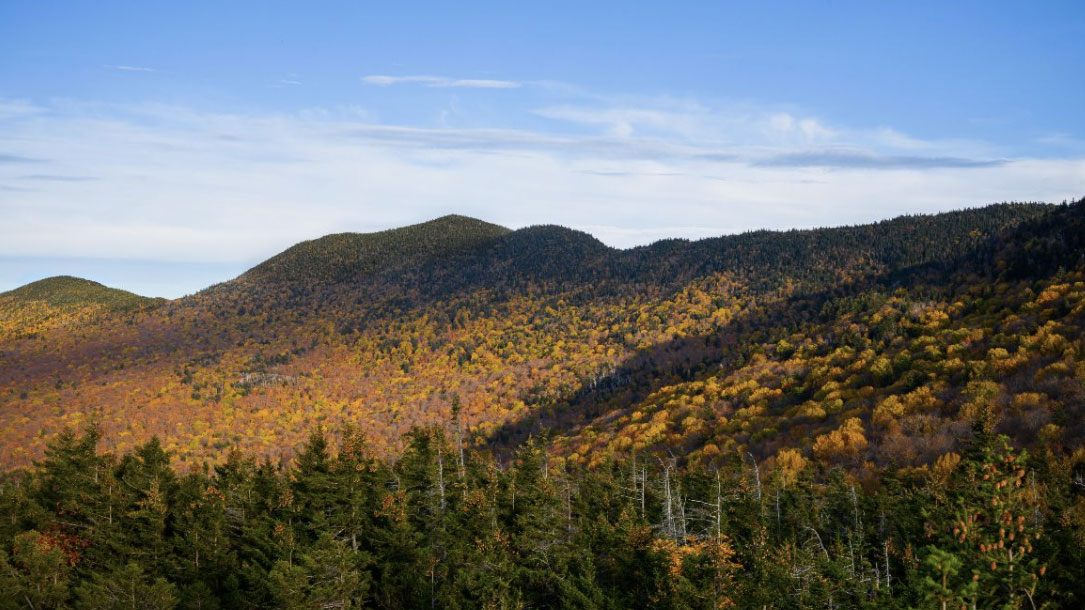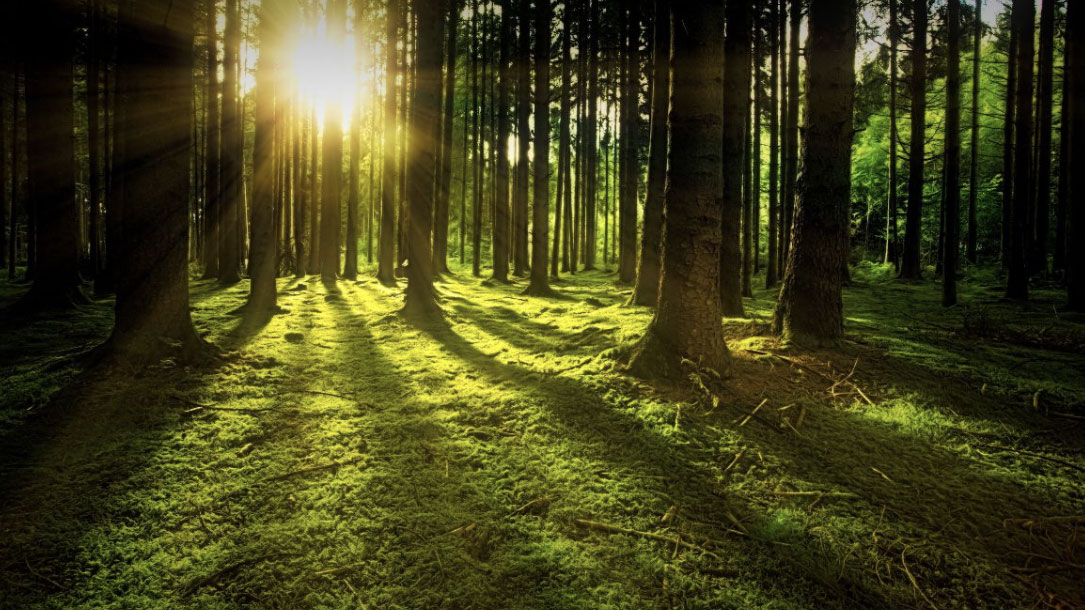Home > Climate News >

‘Climate change’ may be a key factor in declining butterfly populations
As Pennisi points out, “butterflies are at risk in open spaces, too.” She writes: “Art Shapiro, an insect ecologist at the University of California, Davis, and colleagues have shown that over the past 35 years, butterflies are disappearing even in pristine protected areas such as the Sierra Nevada mountain range in the western United States”…

Scientists lay out 10 golden rules for restoring forests
“Scientists from the Royal Botanic Gardens, Kew (RBG Kew) and Botanic Gardens Conservation International (BGCI) have set out ten ‘golden rules’ for reforestation, published today in an open-access article in the leading journal Global Change Biology…”

The reason wild forests beat plantations
In January, scientists at Royal Botanic Gardens Kew in the UK warned that tree planting was often being presented as an easy answer to the climate crisis, and a way out for businesses to mitigate their carbon emissions. But it was not as simple as it seemed. The wrong trees in the wrong places can cause considerably more damage than benefits, and fail to help people, nature, or capture carbon.

Why put a price on carbon?
It also might mean that you encourage your local and regional conservation groups to support the Citizen Climate Lobby’s work on bipartisan efforts to put a price on carbon pollution…and then talk about why they are doing that.

Moose in a warming climate
“Moose populations across the northern United States are declining as the climate warms up. You wouldn’t think that a temperature increase of only 1.5 to 2 degrees Fahrenheit would kill a moose, but it appears that it does. In northwestern Minnesota, nearly all the moose have disappeared, and in northeastern Minnesota over 90 percent of the moose calves are dying during some years. Moose hunting is no longer allowed in Minnesota…”

30 x 30: NRDC’S commitment to protect nature and life on earth
“To prevent mass extinctions and bolster resilience to climate change, scientists warn that we must protect at least 30 percent of our lands, rivers, lakes, and wetlands by 2030. At the same time, we must also fully and highly protect at least 30 percent of our oceans by 2030 to help safeguard marine ecosystems and fisheries that provide food, jobs, and cultural sustenance to billions around the world.
We have the tools to create a better, healthier future for our planet—and ourselves—but we must act now…”

Biden enlists ranchers, tribes (and land trusts) to conserve 30% of land and water
The Biden administration is unveiling a plan to conserve 30% of U.S. lands and waters by the end of the decade, a top priority for environmentalists who see the initiative as a way to fight climate change and safeguard species on the brink of extinction.
“The conservation value of a particular place should not be measured solely in biological terms, but also by its capacity to purify drinking water, to cool the air for a nearby neighborhood,” or “to provide a safe outdoor escape for a community that is park-deprived,” the report says.

How to have your solar farm and keep your regular farm, too
You may appreciate this short news clip from NPR
Clean, abundant solar power comes with a price. It requires lots of land, and in some places that’s provoking opposition from people who want to preserve farmland.
In southern New Jersey, for instance, a company called Dakota Power Partners wants to build an 800-acre solar power station, and the Pilesgrove Township planning board is hearing from local citizens who don’t like it one bit…

How the climate crisis and pests are impacting four tree species in Vermont’s woods
The human-induced climate crisis — compounded by global trade patterns that invite non-native pests — may present the greatest challenge to forest management yet. Vermont is becoming warmer and wetter, creating conditions that benefit insects and diseases capable of wiping out a species.
While a single threat might not be enough to bring down a tree, compounding pressures can. Less-than-ideal soil conditions, for example, might stress a tree but not kill it. But that stress could make the tree more vulnerable to an insect, drought, or herd of browsing deer…

The biggest trees capture the most carbon — large trees dominate carbon storage in forests
Older, large-diameter trees have been shown to store disproportionally massive amounts of carbon compared to smaller trees, highlighting their importance in mitigating climate change, according to a new study in Frontiers in Forests and Global Change.
Researchers examined the aboveground carbon storage of large-diameter trees (≥ 21 inches or ≥ 53.3 cm) on National Forest lands within Oregon and Washington. They found that despite only accounting for 3% of the total number of trees on the studied plots, large trees stored 42% of the total aboveground carbon within these forest ecosystems…












